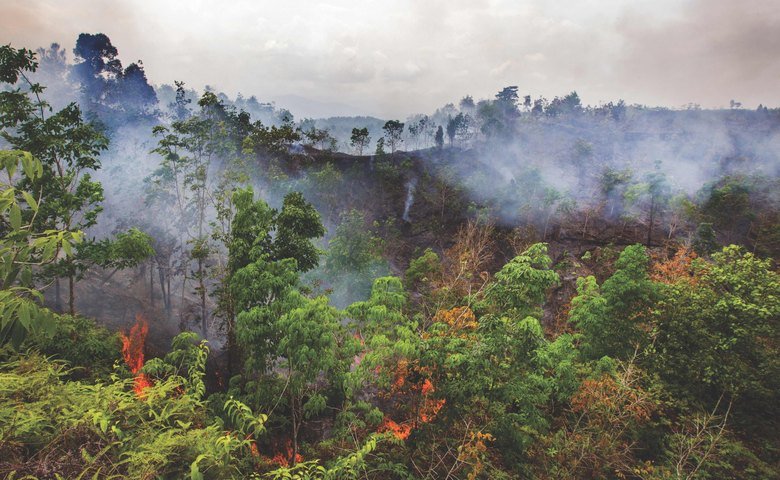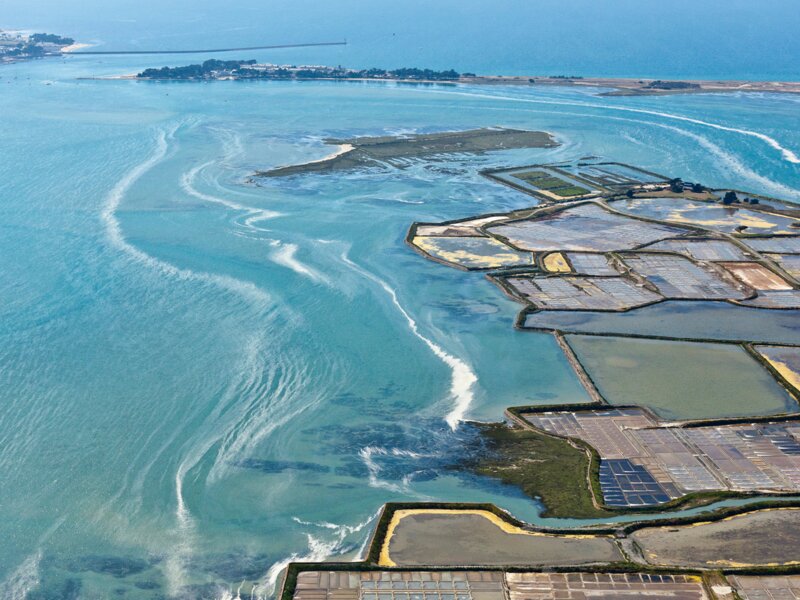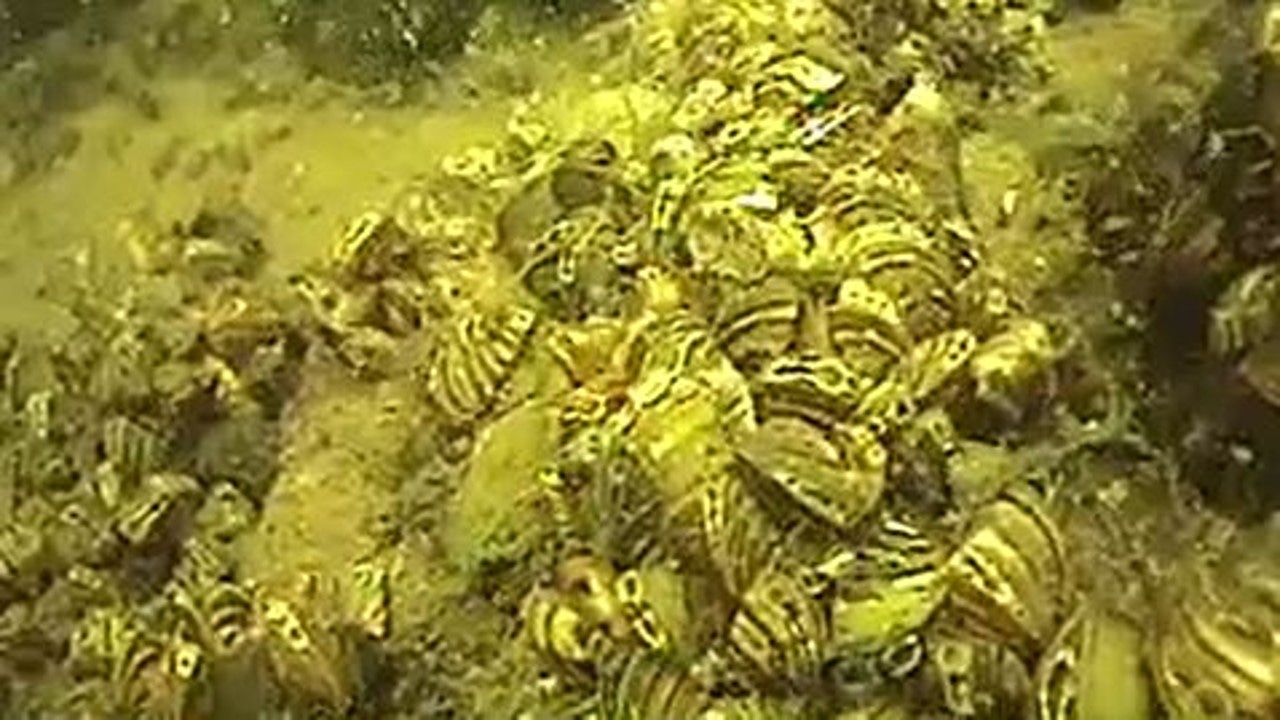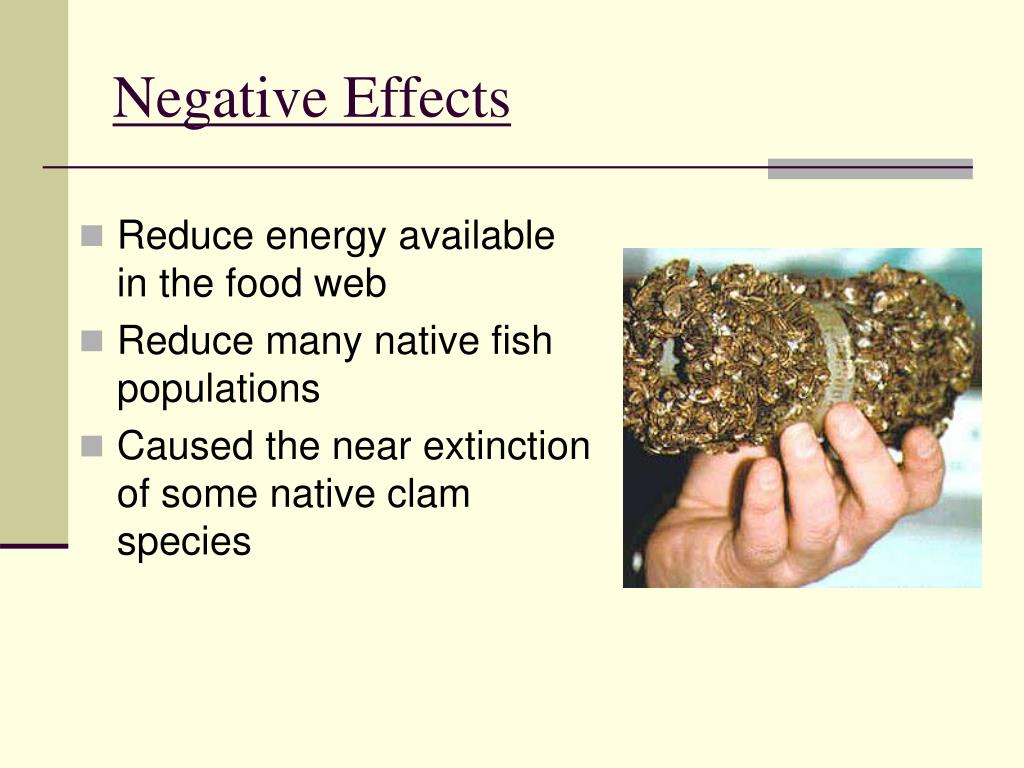Wildfires Exacerbate Record Global Forest Loss

Table of Contents
The Devastating Impact of Wildfires on Forest Ecosystems
Wildfires inflict catastrophic damage on forest ecosystems, leaving behind a trail of destruction that extends far beyond the immediate flames. The immediate and long-term consequences are profound, impacting biodiversity, ecological balance, and global carbon cycles.
- Loss of trees and plant life: Wildfires consume vast swathes of forest, eliminating mature trees that store significant amounts of carbon and provide habitat for countless species. The destruction extends to undergrowth, shrubs, and other plant life, disrupting the intricate web of forest ecosystems.
- Destruction of wildlife habitats and biodiversity loss: The sudden loss of habitat forces animals to flee or perish, leading to significant biodiversity loss. Many species, especially those with specialized habitat requirements, are particularly vulnerable to wildfire impacts. The destruction of nesting sites and food sources further compounds this problem.
- Soil erosion and degradation: Wildfires remove the protective layer of vegetation, leaving the soil exposed to the elements. This leads to increased soil erosion, nutrient loss, and reduced soil fertility, hindering the regeneration of the forest.
- Disruption of water cycles and increased risk of flooding: The loss of forest cover affects water infiltration and retention, increasing the risk of flooding and landslides. Burned soil is less permeable, leading to increased runoff and decreased groundwater recharge.
- Release of significant amounts of carbon dioxide into the atmosphere: Wildfires release massive amounts of carbon dioxide (CO2) and other greenhouse gases into the atmosphere, contributing significantly to climate change and further exacerbating the risk of future wildfires.
Case Studies of Devastating Wildfires
Recent years have witnessed devastating wildfires across the globe, highlighting the scale of this problem. The 2019-2020 Australian bushfires destroyed an estimated 18.6 million hectares of land, impacting countless species and releasing enormous amounts of CO2. Similarly, the Amazon rainforest has experienced significant forest loss due to wildfires, contributing to alarming rates of deforestation and biodiversity loss. The California wildfires are a recurring example of the intensity of wildfire damage in the western United States, causing massive habitat loss and property damage. These examples underscore the urgent need for global action to combat wildfires and protect our forests.
The Link Between Climate Change and Increased Wildfire Frequency and Intensity
Climate change is a primary driver of increased wildfire frequency and intensity. Rising global temperatures create a vicious cycle that fuels more destructive fires.
- Rising temperatures leading to drier conditions and increased fuel loads: Higher temperatures lead to drier vegetation, creating ideal conditions for wildfires to ignite and spread rapidly. Increased drought periods further exacerbate this issue by drying out forests and creating abundant "fuel loads" (dry vegetation).
- Longer and more intense fire seasons: Climate change extends the length of fire seasons, creating more opportunities for wildfires to start and burn for longer periods. This increased duration allows fires to spread over larger areas and cause more extensive damage.
- Changes in precipitation patterns leading to drought: Altered precipitation patterns, including more frequent and severe droughts, increase the risk of wildfires. Dry conditions make forests more susceptible to ignition and facilitate rapid fire spread.
- Increased lightning strikes, a common wildfire ignition source: Some climate models predict an increase in the frequency of lightning strikes in certain regions, providing more ignition sources for wildfires.
The Feedback Loop of Wildfires and Climate Change
Wildfires significantly accelerate climate change by releasing massive amounts of greenhouse gases. This creates a dangerous feedback loop: climate change increases the risk of wildfires, and wildfires in turn accelerate climate change, further intensifying the problem. This positive feedback loop underlines the urgency of addressing both climate change and wildfire risk simultaneously.
Beyond Wildfires: Other Factors Contributing to Record Global Forest Loss
While wildfires are a major contributor to global forest loss, they don't act in isolation. Other factors, often exacerbated by climate change, also play significant roles:
- Illegal logging and timber harvesting: Illegal logging continues to be a major driver of deforestation worldwide, often leading to forest fragmentation and increased vulnerability to wildfires.
- Agricultural expansion and clearing of forests for farmland: The clearing of forests for agriculture, particularly large-scale monoculture farming, is a leading cause of deforestation and habitat loss.
- Urban sprawl and infrastructure development: The expansion of cities and infrastructure into forested areas contributes to deforestation and habitat fragmentation, increasing wildfire risks.
- Mining and resource extraction: Mining activities often involve clearing vast tracts of forest, resulting in significant deforestation and ecological damage.
- Unsustainable forestry practices: Unsustainable forestry practices, such as clear-cutting and inadequate reforestation, increase forest vulnerability to wildfires and impede forest regeneration.
Strategies for Combating Global Forest Loss and Mitigating Wildfire Risks
Addressing global forest loss and mitigating wildfire risks requires a multifaceted approach that tackles both the immediate and underlying causes. Effective strategies include:
- Improved forest management practices: Implementing sustainable forest management practices, including controlled burns and selective logging, can reduce the risk of large, destructive wildfires.
- Reforestation and afforestation efforts: Planting trees in deforested areas and establishing new forests (afforestation) is crucial for restoring forest cover and enhancing carbon sequestration.
- Investing in wildfire prevention and suppression technologies: Investing in early warning systems, improved fire suppression techniques, and advanced firefighting equipment is essential for containing wildfires and minimizing damage.
- Addressing climate change through emission reduction: Mitigating climate change through significant reductions in greenhouse gas emissions is vital for reducing the frequency and intensity of wildfires.
- Strengthening international cooperation and policy frameworks: Global cooperation and strong international policies are necessary to address transboundary wildfire risks and promote sustainable forest management.
- Promoting sustainable land use practices: Implementing sustainable land use practices, such as reducing deforestation and promoting sustainable agriculture, is essential for protecting forests and reducing the risk of wildfires.
Conclusion
The devastating impact of wildfires on global forest loss is undeniable. The interconnectedness of wildfires, deforestation, and climate change demands urgent and concerted action. Addressing this crisis requires a multifaceted approach encompassing sustainable forestry, improved wildfire management, and aggressive climate action. We must act now to prevent global forest loss, reduce wildfire damage, and combat deforestation. Learn more about the critical work of organizations like the World Wildlife Fund (WWF) and Greenpeace, and support policies and initiatives that prioritize forest conservation and climate action. Together, we can protect our forests and secure a healthier planet for future generations.

Featured Posts
-
 Los 5 Mejores Podcasts De Misterio Suspenso Y Terror En Espanol
May 22, 2025
Los 5 Mejores Podcasts De Misterio Suspenso Y Terror En Espanol
May 22, 2025 -
 Middle Managers The Unsung Heroes Of Business Success And Employee Development
May 22, 2025
Middle Managers The Unsung Heroes Of Business Success And Employee Development
May 22, 2025 -
 Home Depot Disappointing Earnings Despite Tariff Guidance Confirmation
May 22, 2025
Home Depot Disappointing Earnings Despite Tariff Guidance Confirmation
May 22, 2025 -
 Quiz Histoire Gastronomie And Culture A Quel Point Connaissez Vous La Loire Atlantique
May 22, 2025
Quiz Histoire Gastronomie And Culture A Quel Point Connaissez Vous La Loire Atlantique
May 22, 2025 -
 A Viral Reddit Story And Its Unexpected Hollywood Ending Sydney Sweeneys New Role
May 22, 2025
A Viral Reddit Story And Its Unexpected Hollywood Ending Sydney Sweeneys New Role
May 22, 2025
Latest Posts
-
 Thousands Of Zebra Mussels Found On Casper Boat Lift
May 22, 2025
Thousands Of Zebra Mussels Found On Casper Boat Lift
May 22, 2025 -
 Otter Conservation In Wyoming Reaching A Turning Point
May 22, 2025
Otter Conservation In Wyoming Reaching A Turning Point
May 22, 2025 -
 Casper Residents Shocking Zebra Mussel Discovery
May 22, 2025
Casper Residents Shocking Zebra Mussel Discovery
May 22, 2025 -
 Zebra Mussel Infestation Found On New Boat Lift In Casper Wyoming
May 22, 2025
Zebra Mussel Infestation Found On New Boat Lift In Casper Wyoming
May 22, 2025 -
 Dealing With A Zebra Mussel Invasion A Casper Residents Story
May 22, 2025
Dealing With A Zebra Mussel Invasion A Casper Residents Story
May 22, 2025
